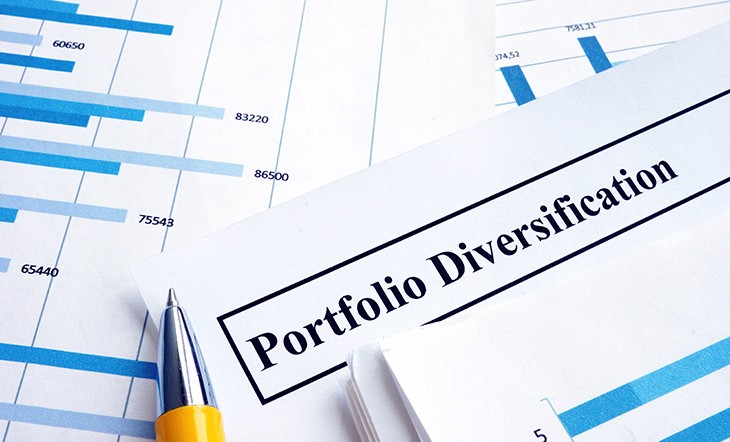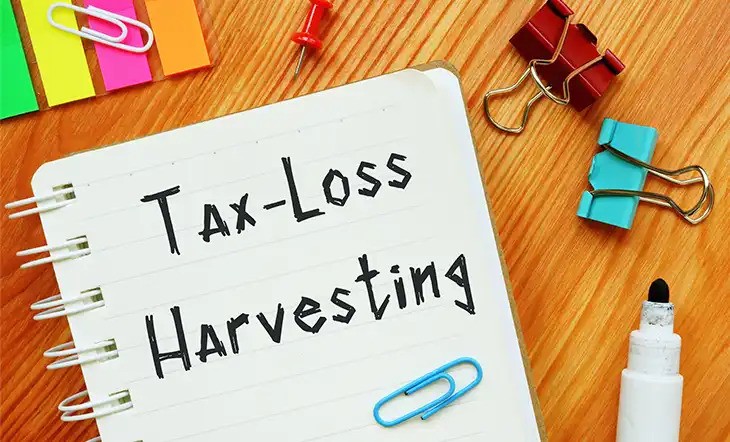Planning to Keep Working into Retirement? Follow These Tips to Secure Your Financial Future

Gone are the days when the golden years strictly meant gardening and golfing. Today, an increasing number of seniors are choosing to extend their careers well beyond traditional retirement age. This shift is driven in equal parts by financial necessity and the desire to stay active, engaged, and connected. As life expectancy rises and the dynamic of old age evolves, working into retirement is becoming a more appealing and often necessary option for many.
Financially, continuing to work can significantly bolster retirement savings, delay the need for withdrawals, and maximize Social Security benefits by deferring claims. On a personal level, staying in the workforce can provide mental stimulation, sustain social networks, and instill a sense of purpose. Whether out of need or by choice, the “no retirement” retirement is reshaping what it means to age, offering both challenges and rich rewards for those who choose to remain employed. Consider consulting with a financial advisor who can advise you on how to navigate your retirement years and make your savings last.
This article will delve into the financial strategies and considerations vital for those planning to continue working into retirement, providing actionable advice to secure a comfortable and fulfilling future.
Below are some tips that you can adopt if you choose to continue working into retirement:
Tip #1 Understand the financial implications on your Social Security benefits and savings
a. Maximize Social Security benefits
Working longer has a dual advantage when it comes to Social Security benefits. Firstly, delaying the start of Social Security increases your benefits. Data shows that every year you delay taking Social Security past your full retirement age up to age 70, your benefits increase by about 8% per year. This increment is a guaranteed return that's hard to match through other retirement investments, and it’s especially beneficial if your earnings in these later years replace lower-earning years in your benefits calculation.
b. Adjust your savings strategy
As you continue to earn an income, you can further bolster your retirement savings. One pivotal strategy for those aged 50 and above is making catch-up contributions to retirement accounts like 401(k)s and IRAs. These contributions allow older workers to set aside larger amounts of money in tax-advantaged accounts, beyond the limits imposed on younger workers. For 2024, individuals 50 and older can contribute an additional $7,500 to 401(k)s and $1,000 to IRAs. This not only helps you when you are saving to retire but also to manage taxable income during these working years.
Continuing to work into retirement can thus significantly enhance your financial stability during retirement, both through enhanced Social Security benefits and increased savings potential. This strategic approach ensures that your golden years are supported by a robust financial cushion, allowing you to enjoy the period with fewer financial worries.
Tip #2 Plan for health and unexpected costs
While saving for retirement, it’s critical to account for the inevitable rise in healthcare costs, which can consume a significant portion of retirement savings if not planned for adequately.
a. Manage rising healthcare costs
Healthcare expenses tend to increase as we age, due to more frequent medical needs and potentially chronic health issues. One effective strategy to manage these costs is investing in a robust health insurance plan tailored for seniors, which might include more comprehensive coverage. Additionally, a Health Savings Account (HSA) can be a wise choice for those eligible, as it allows you to set aside money tax-free to be used specifically for medical expenses. This is particularly advantageous as funds in an HSA roll over year after year, and contributions can be made pre-tax, reducing your taxable income.
b. Build an emergency fund
The importance of an emergency fund cannot be overstated, especially as unexpected expenses tend to occur more frequently as we age. An emergency fund provides a financial safety net for unforeseen costs such as urgent medical treatments, home repairs, or sudden personal needs. So while you ask “Do I have enough to retire”, keep a keen eye on your emergency fund too. The general recommendation is to have enough in this fund to cover three to six months of living expenses, but considering the extra unpredictability during retirement, aiming for an even more substantial cushion might be prudent. This fund should be easily accessible and held in a liquid form, such as in a savings account or a money market fund, ensuring that you can access the funds quickly without incurring penalties.
These strategies for managing healthcare costs and building an emergency fund are essential components of a secure financial plan for those working into their retirement years, helping to mitigate the impact of these often substantial expenses.
SPONSORED WISERADVISOR
Tip #3 Adopt investment strategies for the long haul
As you approach or continue through retirement while working, adopting a smart investment strategy becomes paramount to ensure financial stability and growth over the long term.
a. Diversify investment portfolios
The adage “don't put all your eggs in one basket” holds particularly true in retirement investing. Diversification is key to managing risk and achieving a more stable return over time. As you near retirement, it's wise to gradually shift your investment portfolio towards more conservative assets, such as bonds and dividend-paying stocks, which are generally less volatile than growth stocks. This doesn’t mean shunning stocks altogether but rather adjusting the mix to reduce risk and provide reliable income streams.
b. Embrace new retirement account features
Recent advancements in retirement account options offer more flexibility for retirees who continue to work. For instance, the Roth 401(k) combines the features of a traditional 401(k) with those of a Roth IRA, allowing for flexible, tax-free withdrawals in retirement. Unlike traditional retirement accounts, which require minimum distributions starting at a certain age, Roth 401(k)s do not mandate distributions during the owner's lifetime, providing significant flexibility in managing retirement funds. This feature is especially beneficial for those who might not need to tap into their retirement savings immediately, allowing their investments to grow tax-free for a longer period.
By leveraging these strategies—diversifying your investment portfolio and taking advantage of flexible retirement account features like the Roth 401(k)—you can better prepare for a retirement financial landscape that supports your immediate needs and your long-term financial health.
Tip #4 Undertake effective tax planning
Effective tax planning is crucial for retirees who continue to work, as it impacts both their income and their overall financial health in retirement.
a. Strategize withdrawals to minimize tax liabilities
One of the key aspects of tax planning in retirement involves the strategic timing of withdrawals from retirement accounts. By planning the timing and amount of your withdrawals, you can stay within lower tax brackets, thereby reducing your overall tax liability. For instance, mixing withdrawals from taxable accounts with those from tax-deferred or tax-free accounts (like Roth IRAs) can help manage your taxable income each year and potentially lower your tax rate.
b. Understand the impact of continued income
Continuing to earn income through work can complicate your tax situation, particularly concerning Social Security benefits. If you continue to work while receiving Social Security, part of your benefits might be subject to taxes if your combined income exceeds certain thresholds. This combined income includes your adjusted gross income, nontaxable interest, and half of your Social Security benefits. Understanding how much of your Social Security will be taxable, based on your continued income, is crucial for effective tax planning.
In addition, ongoing income may push you into a higher tax bracket, which not only affects the taxes on your income but can also influence the taxability of your Social Security benefits. Planning and projecting your income in advance can allow you to make informed decisions about when to take benefits or how much work you want to undertake during retirement.
Properly managing these aspects can significantly affect your net income and financial stability in retirement, making it essential to consider these factors in your tax planning strategy.
To conclude
As the retirement concept evolves, so does the approach to managing it. Continuing to work into retirement can significantly bolster financial stability by enhancing savings, maximizing Social Security benefits, and optimizing tax strategies. Planning for healthcare costs and unexpected expenses is also crucial, with strategic investments in health insurance and emergency funds being advisable. Additionally, adjusting your investment portfolio to include more conservative investments can help manage risk and ensure steady income streams.
Given the complexities and individual nuances of financial planning in this new retirement landscape, the guidance of a financial advisor is invaluable. A financial advisor can tailor a retirement strategy that not only meets your financial needs but also aligns with your personal and professional aspirations, ensuring that your retirement years are both rewarding and secure.
Use the free advisor match tool to get matched with experienced financial advisors who can help guide you on what strategies to adopt to boost your retirement income and lower your tax incidence during your retirement. Answer a few simple questions based on your financial needs, and the match tool can help you find 1 to 3 financial advisors who are best suited to help you.








.jpg)













.jpg)





.jpg)


.jpg)


.jpg)















.jpg)





.jpg)




.jpg)


.jpg)






.jpg)

.jpg)






.jpg)




.jpg)

.jpg)



.jpg)
.jpg)





.png)
.jpg)
.jpg)




.jpg)

.jpg)


.jpg)


.jpg)

.jpg)

.jpg)
.jpg)
.jpg)

.jpg)

.jpg)




.jpg)


.jpg)

.jpg)


.jpg)
.jpg)
.jpg)
.jpg)
.jpg)

.jpg)




.jpg)
.jpg)

.jpg)
.jpg)
.jpg)
.jpg)

.jpg)
.jpg)















.jpg)

.jpg)


.jpg)



.jpg)












.jpg)



